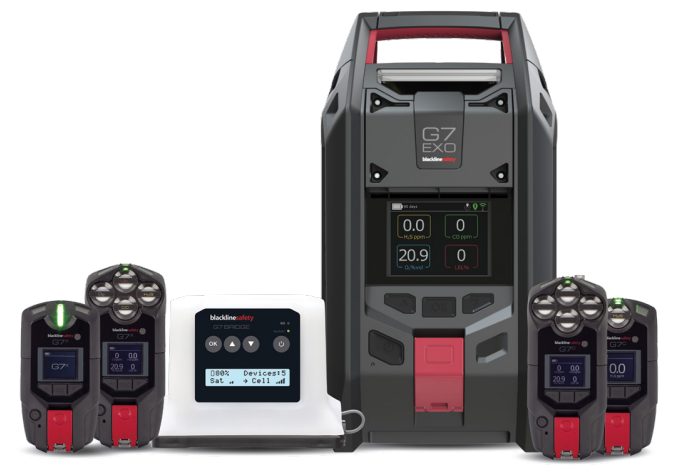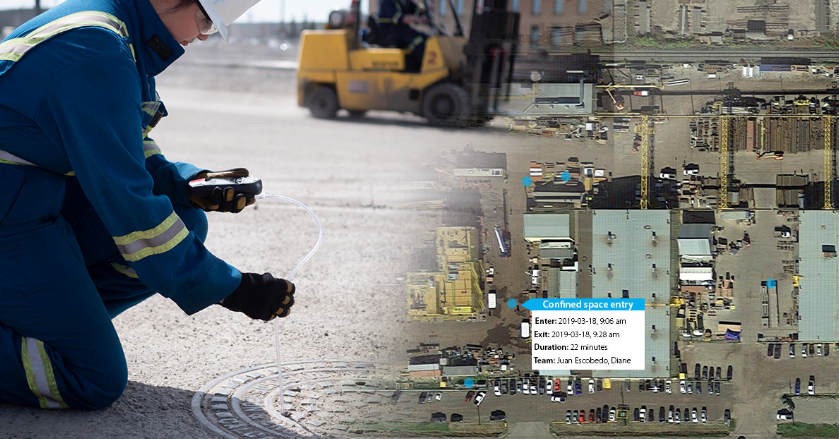
When shopping for a lone worker safety device, there are a number of features to consider.Here are seven top features to prioritize when selecting a lone worker safety device.
1. Emergency Alerts
One of the most important features of a lone worker safety device is its ability to send out
emergency alerts. In the event of an emergency, the device should be able to send out an alert
to designated contacts or emergency services. Look for devices that offer a variety of alert
options, such as text, email, and voice calls.
2. GPS Tracking
Lone worker safety devices should also include a built-in GPS tracking system. This will allow
you to track the location of your employee in real time, ensuring that they can be located if they
become lost or injured. Look for devices with a wide range of tracking capabilities so that you
can monitor their location no matter where they are.
Many safety devices will also alert you if the lone worker strays too far from the designated work
area, allowing you to take action if necessary.
3. Battery Life
It is also essential to consider the battery life of the lone worker safety device. Look for devices
that offer long battery life, as this will ensure that the device will always be powered and ready
to send out alerts or track location.
4. Durability
When selecting a lone worker safety device, it is important to consider its durability. Look for
devices that are designed to withstand the elements, such as rain, snow, and extreme
temperatures. This will ensure that the device will remain operational even in harsh conditions.
5. Two-Way Communication System
This will allow the lone worker to communicate with their supervisor or designated contact in the
event of an emergency. This feature can also be used for daily check-ins, ensuring that the lone
worker is always safe and secure.
The two-way communication should also be easy to access and have a strong signal range so
that it can work even in areas with poor cellular service.
6. Panic Button
A panic button allows the employee to quickly and easily alert their supervisor or the authorities
in case of an emergency. The panic button should be easy to access, so it can be used quickly
in an emergency situation. Additionally, it should have a strong signal range so that it can work
even in areas with poor cellular service.
7. Price
Look for devices that offer a variety of features at an affordable price. This will ensure that you
get the most value for your money and that your employees are adequately protected.
When shopping for a lone worker safety device, it is important to consider these seven features.
Prioritizing these features will ensure that you select a device that offers the most protection and
value for your money.
Conclusion
Lone worker safety devices are an invaluable asset to any business or organization that
employs lone workers. There are many features to consider when choosing a lone worker safety
device. Still, the top features to prioritize are emergency alerts, GPS tracking, battery life,
durability, a two-way communication system, panic buttons, and price.
By prioritizing these features, companies and organizations can ensure their lone workers have
the best safety and security measures in place.
With BLACKRIDGE Solutions’ lone worker safety devices and services, you can be sure that
your employees are safe and secure while on the job. This comprehensive security solution
provides invaluable peace of mind and helps ensure that every worker goes home safely at the
end of the day. So if you need lone worker safety devices, don't hesitate to contact us to learn
more! [email protected]








 RSS Feed
RSS Feed